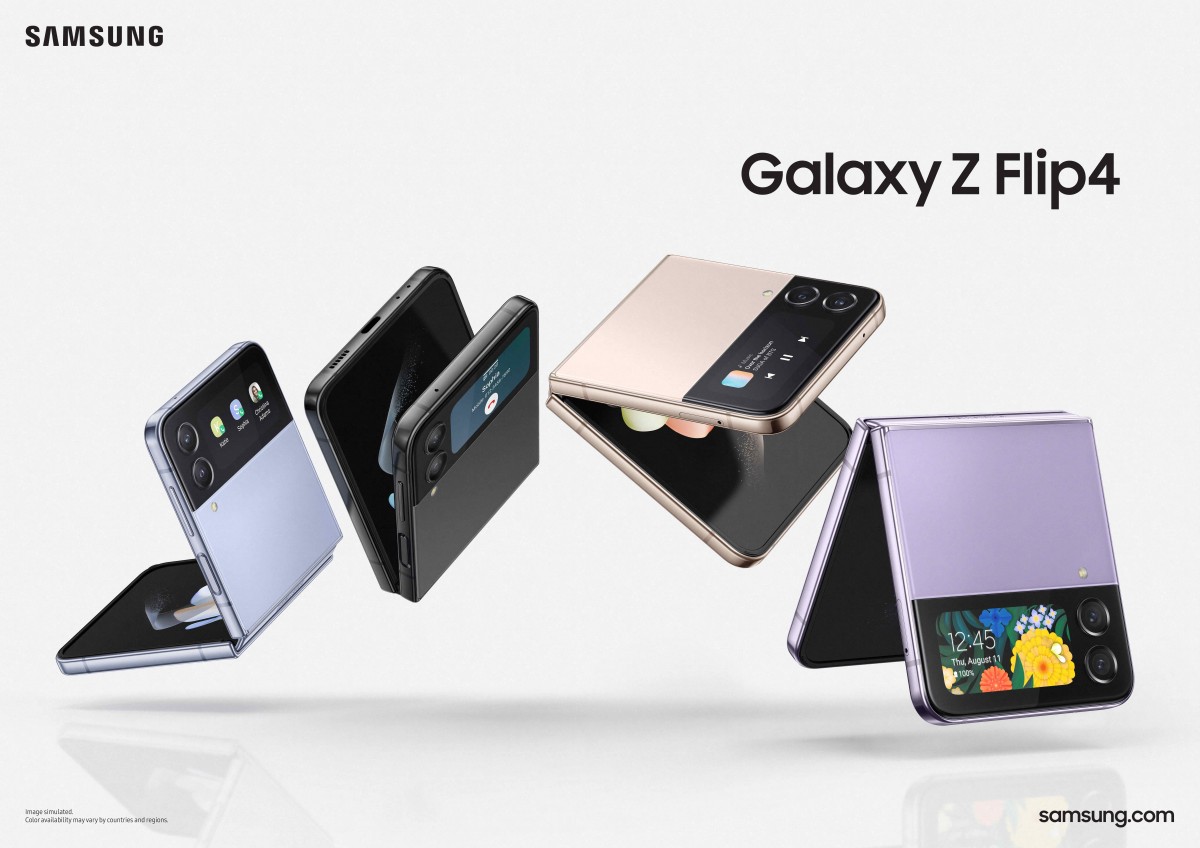
Opinion Piece: Smarter Buildings, A Smarter, Greener World
This article was written by Chetan Ratna, Buildings Segment Lead at Schneider Electric East Africa
The Energy Internet presents a futuristic evolution of electricity systems and is conceptualised as an energy sharing network. The research paper Energy Internet – the future of electricity theorises the sharing of network resources will include integration of small-scale renewable energy systems, electric loads, storage devices, and other emerging technologies.
It is an exciting, futuristic idea that is already taking shape in various forms such as Schneider Electric’s Electricity 4.0 which stresses that a more electric and digital world is the key to addressing climate change. Electricity 4.0 provides smart energy everywhere, whether it’s our homes, buildings, industries, or the grid.
However, as with all exciting journeys, we must start at the very beginning to establish a smarter, greener world. And the beginning is embedded communication, or rather enabling our electrical systems to provide information that allow us to make informed, productive decisions.
Preparing for the road ahead
Despite some tremendous strides in realising smarter, greener buildings, a significant percentage of electrical systems (in buildings) are still not connected to the Internet, and remotely monitored.
If embedded communication is the beginning of our journey, then the distribution board (DB) or switchboard is preparing for the road ahead. Buildings have what is colloquially referred to as the “mains”, a DB in our home or in larger buildings, a switchboard that located in the basement or in some unsightly corner.
And a switchboard is a repository of information that must be connected and analysed in order to optimise energy usage and gather valuable insight into how the building’s electricity provision is performing.
Once a switchboard is connected, it can provide a stream of information on voltage, temperature, current and other vital information to a server which can then be accessed remotely.
The good news is, often switchboards don’t have to undergo an entire overhaul. At Schneider Electric we recommend replacing the board’s breaker with a sensor that provides precise, real-time data on energy, currents, power, voltage, and power factor of a specific circuit.
These sensors accurately monitor energy consumption and wirelessly communicates this data to your mobile device in real-time via the newly installed server.
Furthermore, to improve equipment safety, heat sensors can also be installed to not only monitor temperature but also volatile gasses and provide personnel with alerts on when, for example, cabling is overheating.
The first steps
Once a switchboard is connected, it can then integrate with a Building Management System (BMS) that will allow managers and owners to truly get some incredible visibility into the daily workings of their facilities.
A well-known fast-food chain can now remotely access and measure key systems such as HVAC at one of its premises thanks to the implementation of smart power distribution switchboard system with embedded connectivity.
Schneider Electric’s Prisma iPM system features low voltage switchboards that include built-in cloud connectivity, providing instant access to smart alarming, energy usage analysis, trends, and preventative maintenance plans.
Importantly, it maximises efficiency and power availability, while creating the basis for future innovations.


![Phishing and scams have increased in Africa. [Photo - Courtesy]](https://techtalk.africa/wp-content/uploads/2022/08/Phishing.jpg)
![Kaspersky researchers have found a new malicious campaign that developers need to be ware of. [Photo - Courtesy]](https://techtalk.africa/wp-content/uploads/2022/08/Kaspersky.jpg)
![LightWays is a fully enclosed, flexible ducting system ideal for protecting, segregating and managing fibre optic cables in the data centre environment. [Photo - Courtesy]](https://techtalk.africa/wp-content/uploads/2022/08/Siemon_LightWays.jpg)



